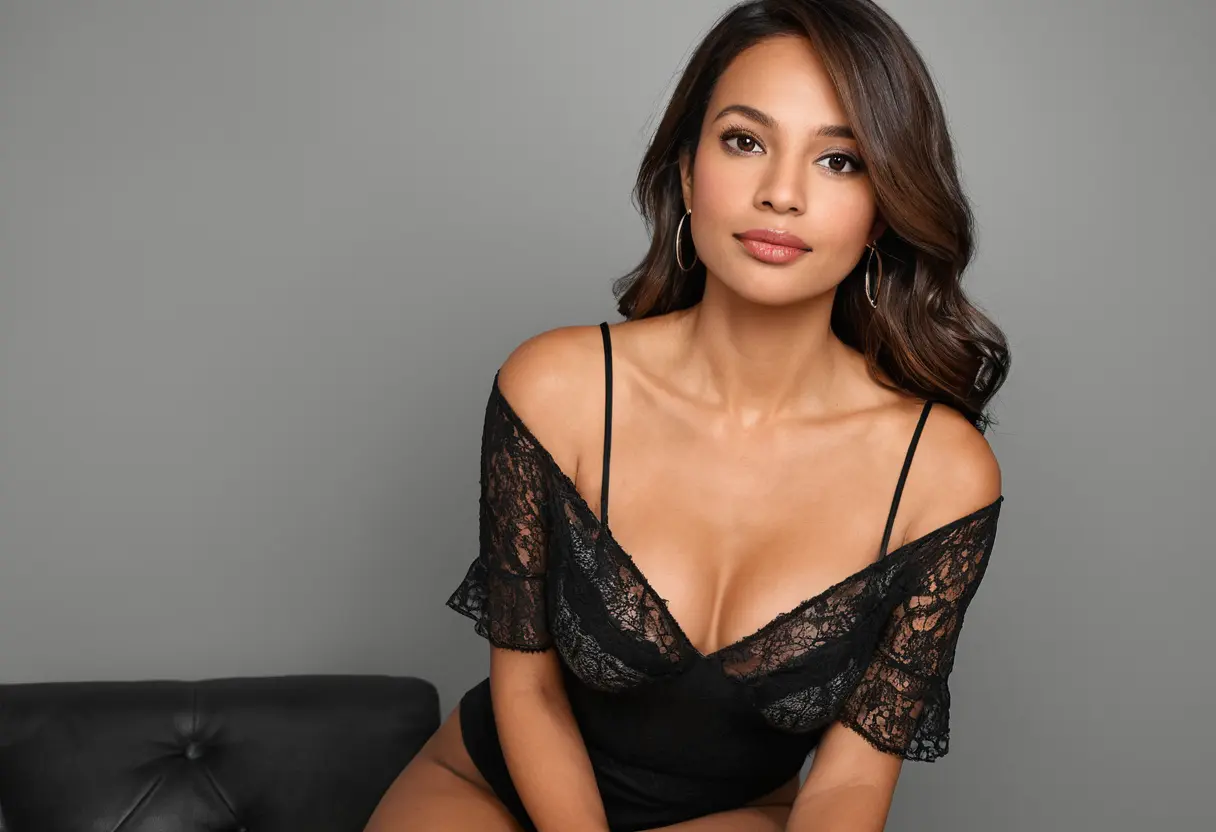In recent years, AI-driven photo editing tools have gained immense popularity, allowing users to enhance their images with just a few clicks. One of the most sought-after features in this domain is the ability to perform nude AI photo editing, a technology that uses artificial intelligence to remove or add clothing to an image. However, as with any sensitive technology, privacy concerns and ethical considerations arise. This is where UndressAITool comes in as an ideal alternative, offering a safer and more reliable approach to AI-powered photo editing. In this article, we will explore the features, benefits, and limitations of both nude AI photo editing and the UndressAITool solution, providing a comprehensive guide for those seeking an ethical and effective option for their photo editing needs.
Nude AI photo editing refers to a type of artificial intelligence tool designed to modify images by either removing or adding clothing to people in the photographs. This type of software uses deep learning algorithms that analyze the image, detect the human body, and adjust the clothing based on the desired edits. While these tools can be used for creative purposes or digital art, they have also raised concerns regarding consent, privacy, and misuse. Many nude AI photo editing applications are designed to mimic realistic body modifications, but these tools often have ethical implications, especially when used on non-consenting individuals or without proper oversight.

UndressAITool is a cutting-edge AI-based photo editing tool that aims to address the ethical concerns surrounding nude AI photo editing. Unlike other platforms that may blur the lines of privacy and consent, UndressAITool focuses on providing users with the ability to edit photos in a more ethical, responsible, and secure manner. It is designed to assist in creating realistic body transformations in a way that maintains respect for the subjects in the image. UndressAITool’s advanced AI capabilities enable users to make adjustments that align with their creative vision, all while adhering to strict privacy and consent standards.

UndressAITool offers a range of features that make it an attractive alternative to traditional nude AI photo editing software. Below are some of the key features:

As with any form of digital manipulation, the use of nude AI photo editing raises important ethical questions. Many AI tools in this space operate by altering photos to create unrealistic representations of the human body, often removing or adding clothing in a way that can be seen as invasive or inappropriate. It is crucial to consider the potential consequences of such editing, especially when it comes to issues like consent, body image, and the impact on privacy.
UndressAITool, on the other hand, seeks to mitigate these ethical concerns by promoting transparency and consent in the photo editing process. By using UndressAITool, users can be sure they are adhering to responsible editing practices that respect the dignity and undress ai toolprivacy of individuals. The tool allows users to explore creative possibilities without crossing ethical boundaries, ensuring that digital modifications remain both practical and respectful.
There are several reasons why UndressAITool stands out as a superior choice compared to other nude AI photo editing tools:
In conclusion, while nude AI photo editing continues to attract attention for its innovative capabilities, it is important to consider the ethical implications associated with its use. Tools like UndressAITool provide a responsible and safe alternative, offering users a way to explore their creative ideas without crossing ethical boundaries. By prioritizing privacy, consent, and realistic body modifications, UndressAITool ensures that users can achieve their desired results while respecting the dignity of the individuals in the images. Whether you're a professional photographer, digital artist, or just someone looking to experiment with photo edits, UndressAITool offers a valuable solution that emphasizes both creativity and ethical responsibility.